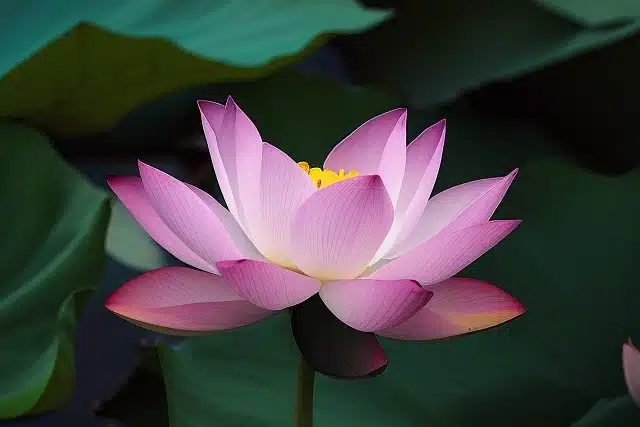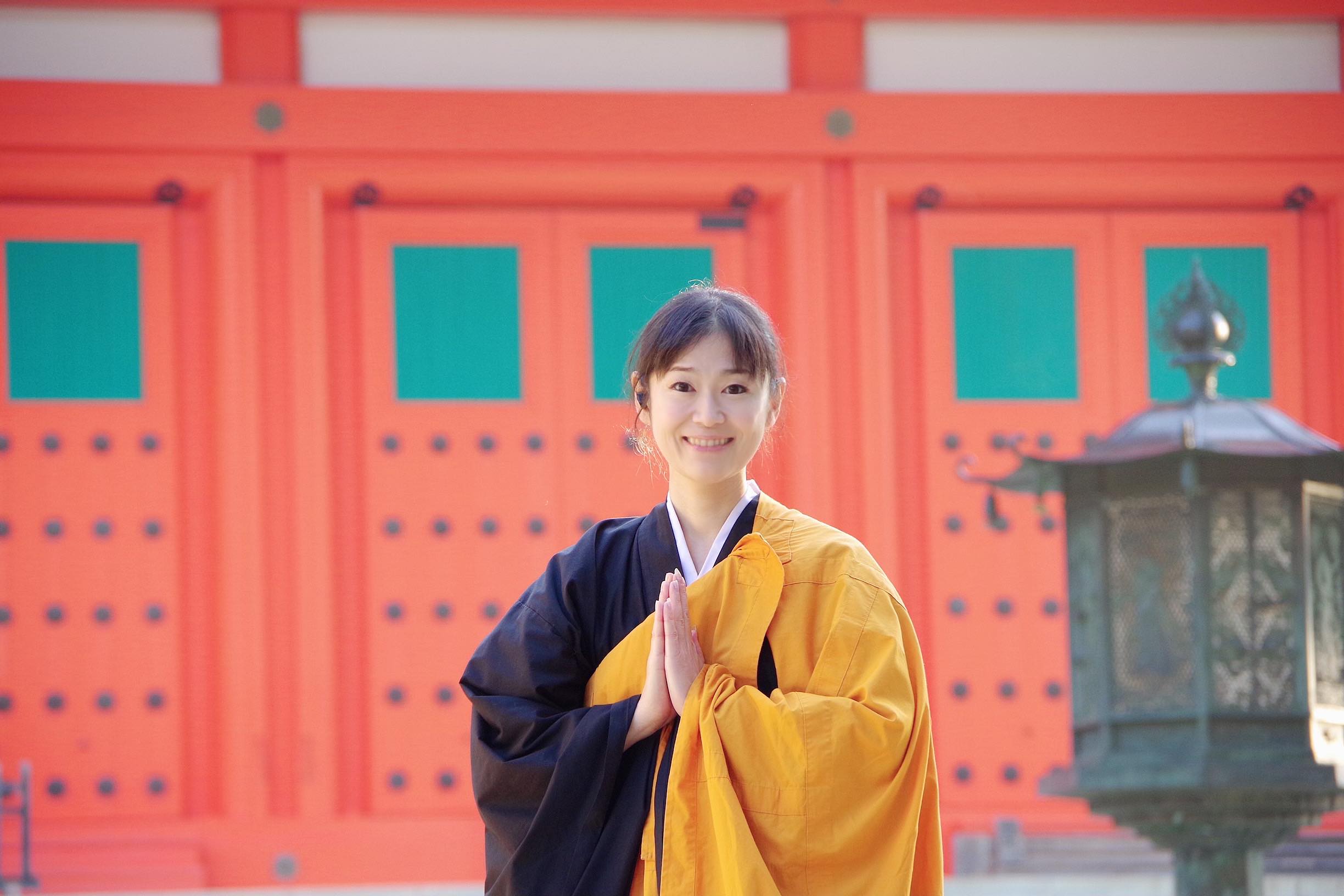Yoga vs Samkhya (VS Series 001)
Written by Tom Wada
Welcome to the first installment of my VS series!
In this blog, we’ll be exploring the fascinating realms of Yoga Philosophy and Functional Body Movements. You’ve probably come across numerous conflicting ideas and studies on these topics, which can be quite overwhelming. While I may not have all the answers or claim to be an expert, I’d like to share with you the things that have personally helped me navigate through this maze of information. So, let’s dive in and discover together!
Yoga vs Samkhya
Great! Let’s begin our journey by exploring the differences and similarities between the schools of Yoga and Samkhya.
Samkhya and Yoga are two ancient Indian philosophical systems that have significantly influenced the spiritual and intellectual landscape of the Indian subcontinent. Although they share some common concepts, they also exhibit distinct principles and approaches to understanding reality and achieving spiritual goals.
1. Samkhya School:
– Attributed to the sage Kapila, one of the oldest Indian philosophical systems dating back to around 600 BCE.
– Concerned with metaphysics and analyzing the fundamental principles of existence and consciousness.
– Dualistic philosophy: Postulates two eternal and co-existent principles – Purusha (consciousness, the observer) and Prakriti (nature, the observed).
– Purusha represents pure consciousness, while Prakriti is the material cause of the universe with three Gnas – Sattva, Rajas, and Tamas.
– Goal: Attain liberation (moksha) by realizing the distinction between Purusha and Prakriti.
– Liberation achieved when the individual soul (Purusha) disentangles itself from identification with the material world (Prakriti).
– No reliance on a concept of a personal God for creation or liberation.
2. Yoga School (Yoga Sutra):
– Attributed to the sage Patanjali, a comprehensive text on the practice of yoga.
– Practical psychology aiming to control the mind and achieve inner peace and self-realization.
– Does not adopt a specific metaphysical position, focuses on practical techniques.
– Eightfold Path (Ashtanga Yoga): Yama, Niyama, Asana, Pranayama, Pratyahara, Dharana, Dhyana, and Samadhi.
– Central focus on stilling the mind’s fluctuations, leading to self-realization.
– Introduction of Ishvara, a special soul unaffected by afflictions, karma, or the fruits of actions.
– Ishvara can be used as an object of meditation for some practitioners.
**VS: The Comparison:**
– Samkhya: Primarily a philosophical system dealing with metaphysical aspects of existence.
– Yoga: Focuses on practical techniques for spiritual growth and self-awareness.
– Samkhya is dualistic, emphasizing the distinction between consciousness (Purusha) and nature (Prakriti).
– Yoga does not adopt a specific metaphysical position but emphasizes mind control and self-realization.
– Both recognize the importance of self-realization and liberation but propose different approaches to achieve these goals.
In summary, Samkhya and Yoga are ancient Indian philosophical systems with distinct characteristics and approaches. Samkhya focuses on metaphysical analysis and dualism, while Yoga emphasizes practical techniques for self-realization and mental discipline. Both offer valuable insights into the human experience and provide diverse paths for spiritual seekers to understand the self and attain higher states of consciousness.








